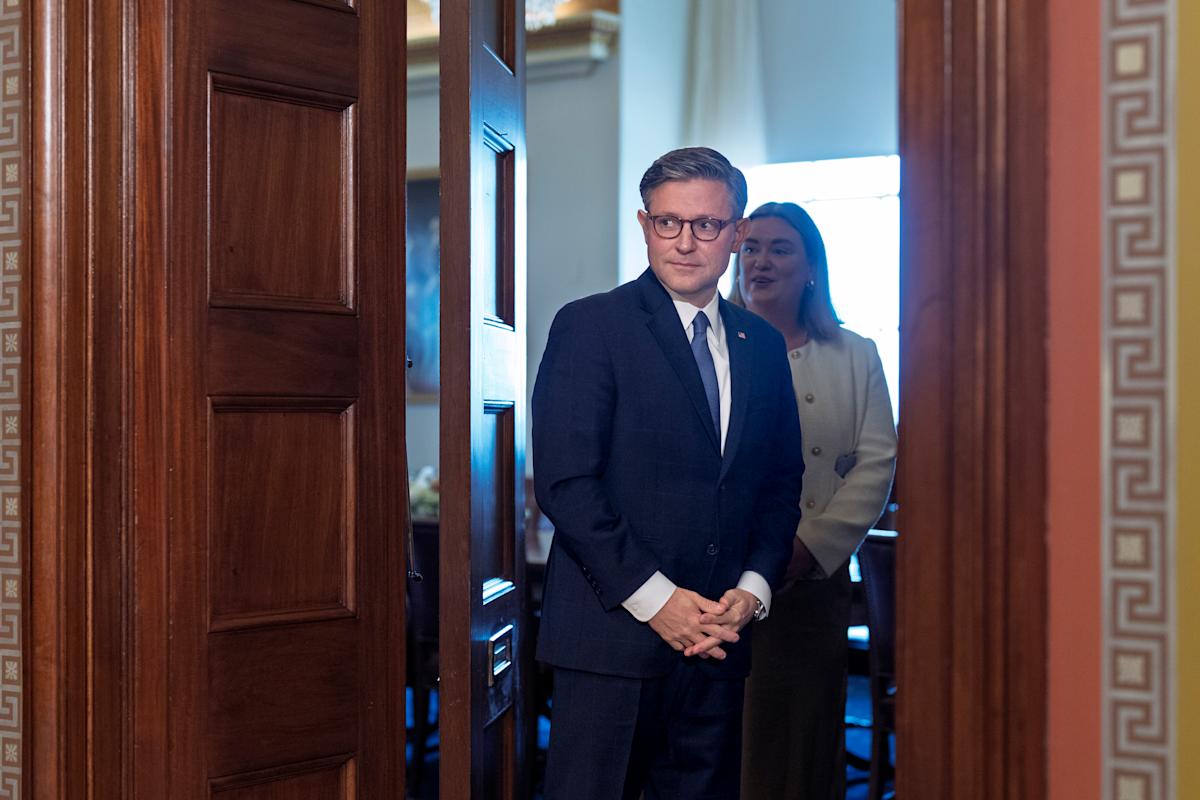The GOP push forward on their plan to avoid a shutdown. Democrats aren’t sold.
Republicans moved forward Friday on their plan avert a partial government shutdown and up the political pressure on Democrats to accept the GOP approach to a funding deadline looming in less than two weeks.
Democrats are holding government funding “hostage”, said Senate Majority Leader John Thune on the Senate floor Friday as he summarized the Republican case.
He acknowledged that Democrats have the ability to block the GOP plan saying that now “the ball is in their court.”
Friday’s GOP effort came first with a vote in the the House of Representatives. The tally there was passage by a narrow margin of 217-212 on the measure to keep the government open until Nov. 21 and provide additional millions for lawmaker security in the wake of the assassination of Charlie Kirk.
It was a largely party line vote with Republicans Thomas Massie of Kentucky and Victoria Spartz of Indiana, and Democrat Jared Golden of Maine the only lawmakers to cross party lines.
The action then quickly moved to the Senate where two votes in rapid succession there saw both the House GOP plan and a competing Democratic plan fail because of the upper chamber’s 60-vote threshold needed for passage..
For now, Democrats are united behind their different plan, with Democratic Leader Hakeem Jeffries saying Friday morning, “We are a hard no on the partisan Republican spending bill.”
He described the vote as a choice between the healthcare spending Democrats want to include or “bending a knee to Donald Trump.”
Read more: How a government shutdown would affect your student loans, Social Security, and more
This latest bout of back-and-forth — as markets decide whether to worry about the economic effects of a possible shutdown — comes as Congress faces a Sept. 30 deadline to either extend funding or move to a partial government shutdown.
The Democratic plan includes a longer list of priorities focused on reversing recent healthcare spending cuts that Jeffries and other leaders say need to be included to secure Democratic votes.
The bottom line — with lawmakers now headed home — is that today’s back-and-forth is set to be just a prelude to a final frenzy of talks on Sept. 29-30, when lawmakers are scheduled return after a planned recess.
“The probability of a government shutdown has increased significantly,” Raymond James noted in a Thursday note to clients.
Markets are paying little attention so far — a pattern that has recent historical precedence.
One possible reason is that government shutdowns since 1995 have had little effect on stocks, according to a Raymond James review that even found that the S&P 500 (^GSPC) went up on average during those funding gaps.



Leave a Comment
Your email address will not be published. Required fields are marked *